Types of Mould
Contents
- 1 Types of Mould
- 1.1 What are Common Types of Mould in Australia?
- 1.2 Which Mould Should You Be Worried About?
- 1.3 Allergenic and Pathogenic Moulds
- 1.4 Black Mould
- 1.5 White Mould
- 1.6 Green Mould
- 1.7 Yellow Mould
- 1.8 Orange Mould
- 1.9 Pink Mould
- 1.10 Brown Mould
- 1.11 Mould Exposure Health Risks
- 1.12 Mould Removal Techniques
- 1.13 Mould Prevention
- 1.14 Call Absolute for Peace of Mind!
- 1.15 Areas We Serve
- 1.16 Absolute Mould Removal FAQ
Mould is a common problem in many Australian homes, and it can pose serious health risks if left untreated. In this article, we will explore the various types of mould that can be found in homes from Perth to Sydney, and discuss the potential health risks associated with each type. We will also provide you with tips on how to identify, remove, and prevent mould from forming in your home.
What are Common Types of Mould in Australia?
The most common mould types in Australia include:
- green mould (Aspergillus),
- white mould (Cladosporium),
- green or white mould (Penicillium),
- brown mould (Alternaria),
- and toxic black mould (Stachybotrys chartarum).
Each of these mould types may cause various health issues depending on their toxicity and the individual’s health conditions.
Although there are more than 100,000 known species of mould, it is estimated that around 20 to 30 mould types are commonly found in Australian homes. To keep it simple, we have split the mould types into low-risk and high-risk groups.
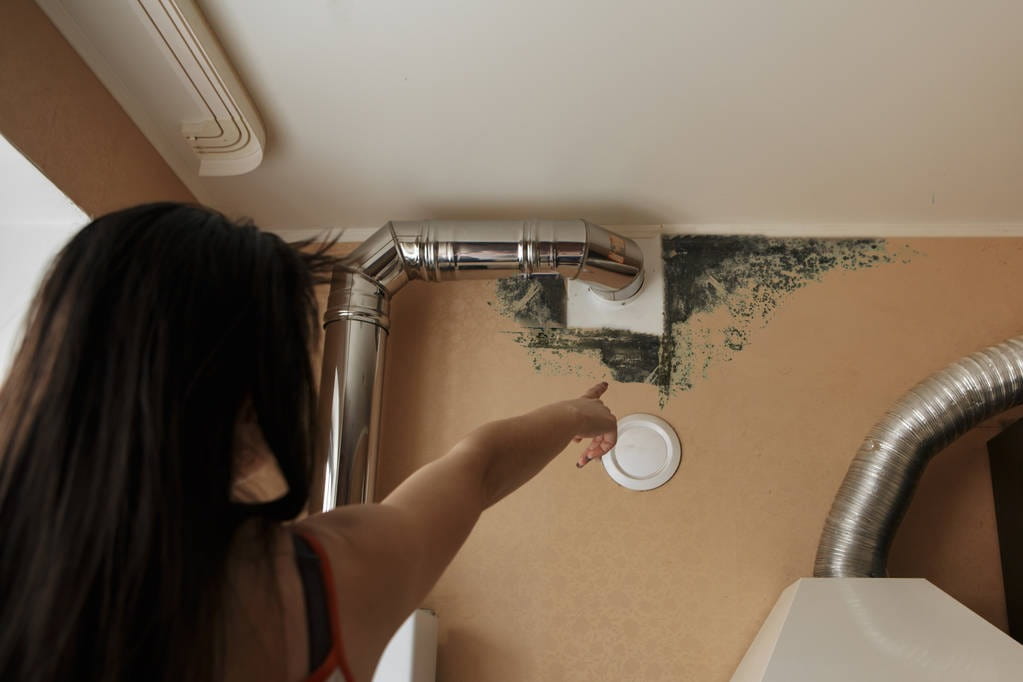
Which Mould Should You Be Worried About?
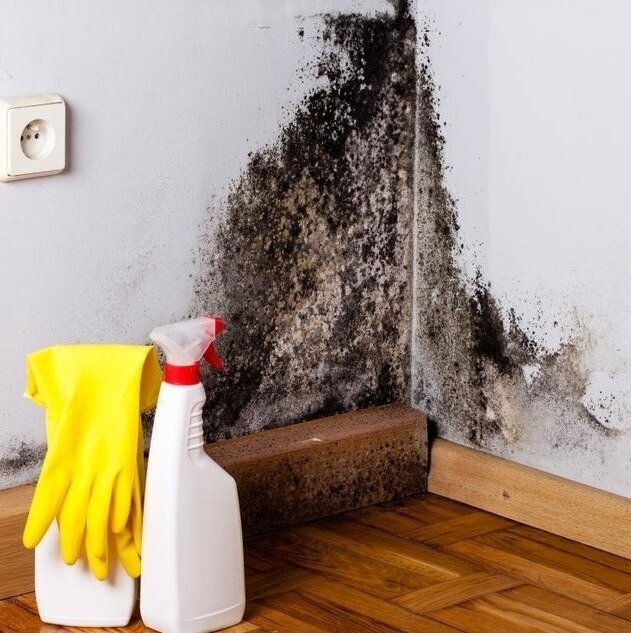
Low-risk mould
Low-risk moulds are typically not harmful to healthy people with strong immune systems. They are commonly found in areas that have been damp for extended periods, such as wooden surfaces, soft furnishings, and building materials. These moulds can cause minor allergic reactions in some people, but they do not pose a serious threat to human health. Examples of low-risk moulds include white, brown, and pink mould.
High-risk mould
You should be worried about high-risk moulds. High-risk moulds are toxic and can cause severe health problems, especially for those with compromised immune systems or pre-existing health conditions. These moulds produce mycotoxins, which are extremely harmful to human health. Stachybotrys chartarum, also known as toxic black mould, is a well-known example of a high-risk mould.
Direct exposure or inhalation of the toxic black mould can lead to various health issues, such as respiratory disease and breathing problems.
Allergenic and Pathogenic Moulds
Allergenic moulds
Allergenic moulds can cause allergic reactions in people with sensitive immune systems or those who suffer from allergies and asthma. Some common allergenic moulds include Aspergillus (green mould), Cladosporium (white mould), and Penicillium (white or green mould). The reactions caused by allergenic moulds can range from mild symptoms such as itchy eyes, sneezing, and nasal congestion, to more severe respiratory problems.
Pathogenic moulds
Pathogenic moulds can cause infections in people with weakened immune systems, such as the elderly, infants, or individuals with pre-existing health conditions. While these moulds may not be harmful to healthy people, they can cause significant health problems for those with vulnerable immune systems. Examples of pathogenic moulds include certain strains of Aspergillus (green mould) and Fusarium (various colours).
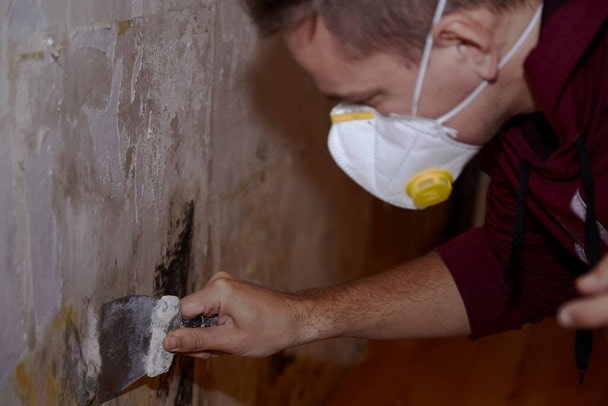
Black Mould
Black mould is a common type of mould found in Australian homes, and it can come in various strains. These mould types can develop on different surfaces, often found growing on wooden surfaces, soft furnishings, and walls. Most black mould is allergenic, but some strains can be toxic, such as the infamous toxic black mould, also known as Stachybotrys chartarum.
Stachybotrys chartarum
Stachybotrys chartarum is a type of toxic black mould that can cause severe health problems for humans. It requires sufficient moisture to grow and spreads quickly in damp conditions, such as in rising damp or areas prone to water leaks and water damage. This type of mould produces mycotoxins that can cause serious health issues, especially for individuals with weak immune systems.
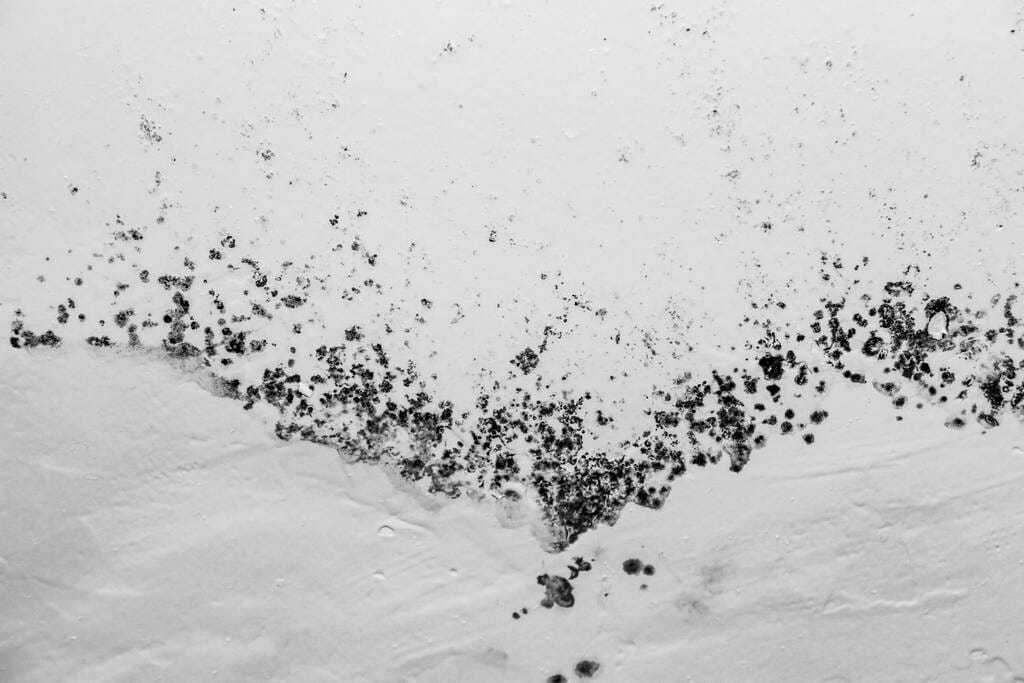
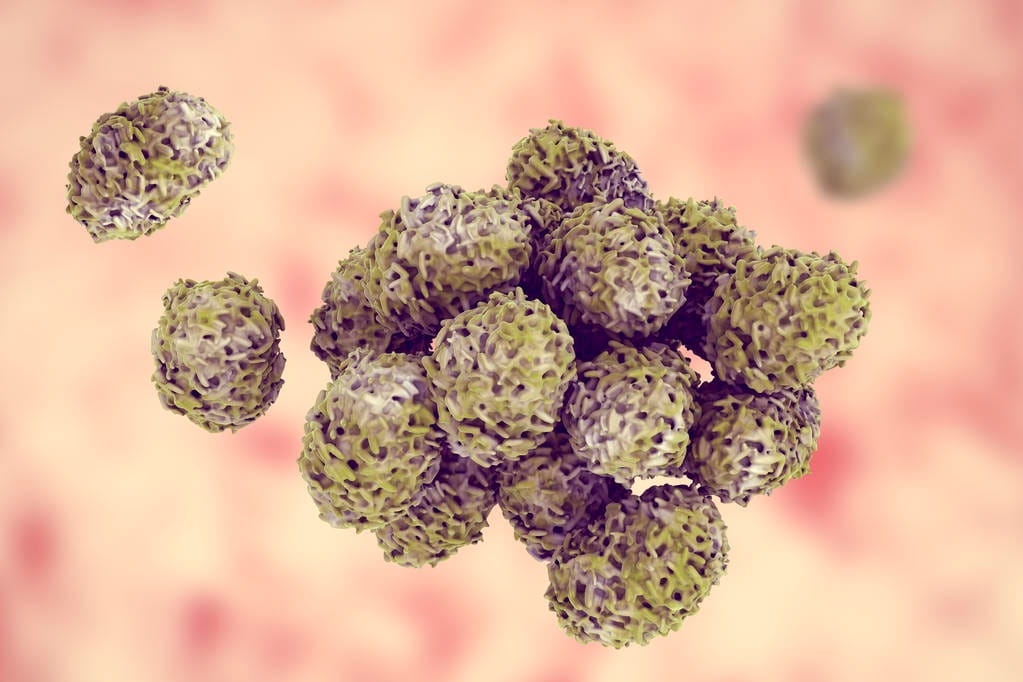
White Mould
White mould is one of the common types of mould found in the home. Unlike black mould or other toxic moulds, it is relatively less harmful. This type of mould often appears on wooden surfaces, soft furnishings, and other building materials that provide sufficient moisture for its growth.
Cladosporium
The most common type of white mould found in homes is Cladosporium. It primarily grows in areas with high humidity, such as basements, bathrooms, and kitchens. Cladosporium is an allergenic mould, meaning it can cause allergic reactions in healthy people, especially those with a weakened immune system or pre-existing health conditions.
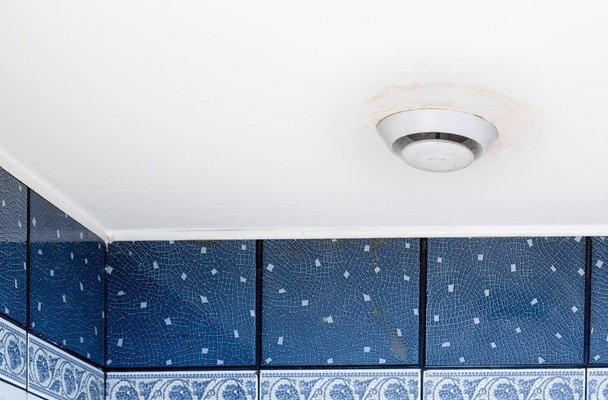
Green Mould
Green mould, another prevalent type in Australian homes, is often confused with other mould types due to its varying shades and textures. There are several mould species that appear green in colour, and one of the most common is Aspergillus.
Aspergillus
Aspergillus is a group of allergenic moulds that often appears as green mould growing on wooden surfaces, walls, ceilings, and air conditioning systems. This type of mould spreads quickly in areas with high humidity and insufficient airflow.

Yellow Mould
Yellow mould, also known as Aureobasidium, is one of the common types of mould that can be found in Australian homes. It typically grows on wooden surfaces, wallpaper, and soft furnishings, where there is sufficient moisture. The mould is notable for its bright yellow appearance and spreads quickly if not addressed promptly.
Aureobasidium
Aureobasidium is a type of allergenic mould that can cause allergic reactions in healthy people. Aside from wooden surfaces, Aureobasidium can also thrive on various materials such as painted walls, fabrics, and even leather.
As this type of mould continues to grow, the colour can transition from a vibrant yellow to a darker brown or black mould. At this stage, the mould can produce mycotoxins, which are harmful to human health.
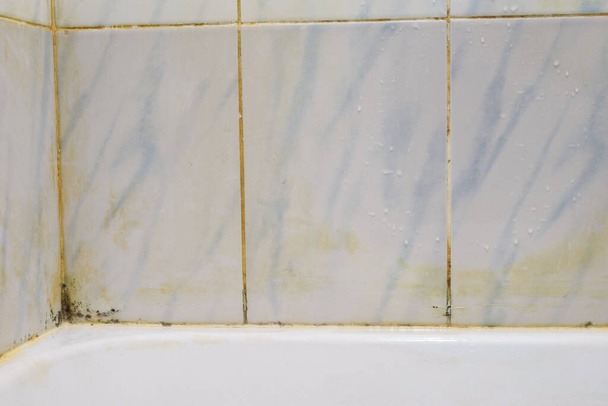
Orange Mould
Although less common than black mould, orange mould can still pose a threat to human health and the condition of surfaces and belongings. Orange mould often grows in areas with high humidity and poor ventilation, such as bathrooms and kitchens, or it develops behind walls and other hidden places like air conditioning systems and damp basements.
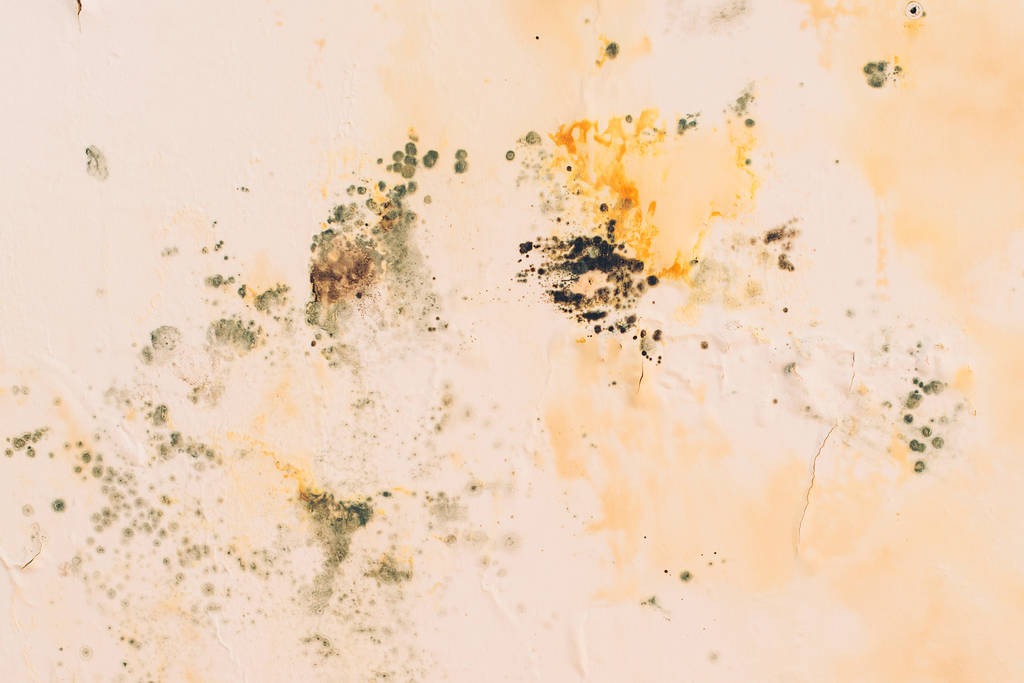
Pink Mould
Pink mould, scientifically known as Serratia marcescens, is one of the common mould types found lurking in bathrooms and damp areas. This mould develops in moist environments, making bathrooms and showers prime locations for its growth.
Serratia marcescens
Serratia marcescens is a type of bacteria that is commonly associated with pink mould. Although it’s often referred to as mould, it’s not a fungus like its counterparts, such as Aspergillus (green mould). Instead, it’s a type of bacteria that thrives in wet and damp areas, such as wood and tiles in bathrooms, shower curtains, and bathtubs. Despite its colourful appearance, it’s essential to treat it with the same urgency as other mould types.
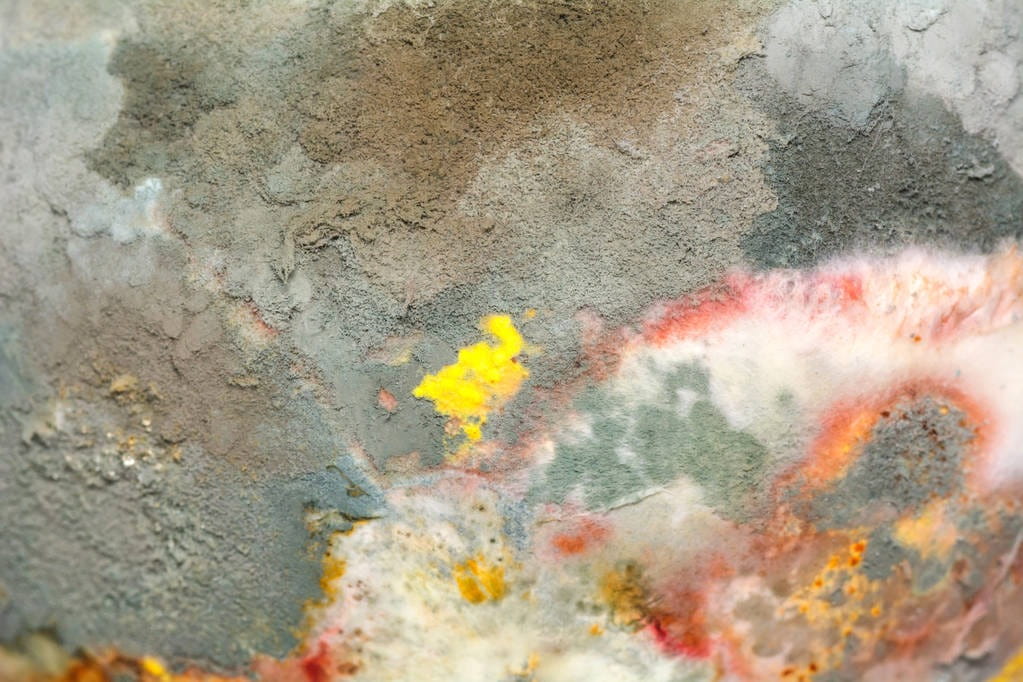
Brown Mould
Brown mould is another growth commonly found in Australian homes. Alternaria, a type of allergenic mould, frequently appears as a brown or greenish-brown mould that spreads quickly on damp wooden surfaces and other organic materials.
Alternaria
Alternaria is a widespread mould type found both indoors and outdoors. It is prevalent on wooden surfaces, wallpaper, carpets, and soft furnishings affected by rising damp or water leaks. It can enter homes through open windows or be brought in by pets, shoes, or outdoor air conditioning units. Once inside the house, it can easily colonise moist areas, leading to extensive growth and damage to building materials if left unchecked.
Brown mould typically grows rapidly, producing allergenic and pathogenic moulds. Building regulations require the monitoring and control of such moulds to ensure a healthy living environment for residents. Failure to address mould issues can lead to health problems and potential liability for property owners.

Mould Exposure Health Risks
Exposure to most types of mould often causes itchy eyes, headaches, sinus infections, allergic reactions, and respiratory issues for healthy people as well as individuals with compromised immune systems. Many people also experience sneezing, coughing, and watery eyes.
However, prolonged exposure does have slightly different side effects depending on the type of mould and whether or not the individual has a weak immune system and/or pre-existing health conditions:
- Long-term exposure to toxic black mould can cause lung disease, infections, and neurological issues.
- Over time, exposure to white mould can lead to severe breathing problems and may exacerbate asthmatic symptoms.
- Green mould can produce a toxic substance called aflatoxin which can cause severe chronic health issues. Prolonged exposure to green mould can also result in lung inflammation.
- Mucor, a mould that changes from white to dark grey over time, grows on carpets and in mattresses and can cause lung infections.
Exposure to orange mould or brown mould can exacerbate health conditions such as asthma, bronchitis, or pneumonia and can negatively affect the immune system.
Mould Removal Techniques
There are several methods for removing mould, but it is essential to seek professional help as spores can easily spread. So, an improper removal process can create an even bigger problem in your home. Professional mould removers will inspect your home to identify the extent of the mould growth and recommend the best remediation solutions to eradicate the infestation.
Some common DIY mould removal techniques include:
- Natural cleaning solutions like white vinegar mould cleaner, bicarbonate of soda (baking soda), and tea tree oil
- 3% solution of hydrogen peroxide
- Chlorine bleach
- Professional or commercial mould-cleaning products, such as Concrobium Mould Control Spray, Ajax Professional Mould Remover, and Selleys Rapid Mould Killer.
If the mould growth is extensive, it may be necessary to remove and replace the affected materials and any water-damaged surfaces entirely.
Mould Prevention
- Regular cleaning of bathroom areas, especially tiles, grout, and shower curtains, can prevent new mould growth.
- Maintain and ensure good ventilation and address any moisture or water leaks in your home.
- Use air purifiers equipped with HEPA filters to help reduce the presence of mould spores in indoor air and prevent mould growth.
- Mould typically grows at 70–80% humidity, so keep humidity levels below 60%.
- Use dehumidifiers, fans, or air conditioning units to reduce humidity and inhibit mould growth.
- Ensure bathroom fans are functioning correctly to reduce moisture build-up.
- Periodic mould testing can also help monitor and prevent the growth of mould in your home.
Mould Removal Service
If you need your house free from mould, call a brisbane mould removal expert you can trust.
Traces Mould To The Source
Our antimicrobial solutions trace the mould to the moisture source to treat even hidden mould.
Treats Airborne Mould Spores
Treats airborne mould spores and restores air quality to safe, healthy levels.
Call Absolute for Peace of Mind!

Types of mould can vary significantly, and not all of them pose the same level of risk to human health. To keep your home safe from the potential hazards of mould, it’s essential to know how to identify different types of mould and how they can affect you and your family.
A mould inspection by Absolute Mould Removal can assess and identify the specific mould types growing in your living spaces and provide remediation solutions to eliminate and prevent further growth.
Call our friendly mould removal team on 1300 902 362 or make a booking online.

Safe & Secure
We only use industry tested products and the highest quality equipment.

Prompt Service
We understand that your mould problem is urgent and provide timely quotes and treatment.

Low Cost
We keep our costs low and pass the savings on to locals.
Areas We Serve
Absolute Mould Removal FAQ

How do I know what kind of mould I have?
Identifying the type of mould present in your home can be challenging, as visual assessment alone is often not enough. While some mould types like black mould or green mould can be detected by their distinctive colour and musty smell, others may not be so easily identifiable. In such cases, calling a professional mould inspection service like Absolute to conduct a thorough assessment is the best way to determine the specific mould type and devise a remediation plan to remove all mould safely and effectively.
What are the three main types of mould?
There are three main categories of mould: allergenic moulds, pathogenic moulds, and toxic moulds. Allergenic mould types do not usually cause severe health problems for healthy people but might trigger allergies, itchy eyes, or breathing problems in individuals with asthma or compromised immune systems.
Pathogenic moulds, on the other hand, can cause infection and illness in people with weakened immune systems, like the elderly or those with pre-existing health conditions. Finally, toxic moulds like the infamous black mould can produce mycotoxins that pose serious health risks to both healthy people and those with compromised immune systems. These toxic moulds can cause serious health issues and should be addressed immediately to prevent long-term damage.
What’s the difference between mould and mildew?
Mould and mildew are both types of fungi that thrive in damp, humid environments, but there are some key differences between the two. Mould is typically thicker and has a fuzzy or slimy texture, while mildew appears as a thin, powdery layer often with a grey or white colour. Mould typically grows on organic surfaces like wood or fabrics and can cause structural damage to your home, while mildew is more common on surfaces like tiles or grout.
Although mildew is generally less harmful than mould, it’s still essential to remove it to maintain good air quality in your home. Both mould and mildew can be removed using DIY cleaning solutions or by implementing proper ventilation and moisture control measures like using air purifiers, dehumidifiers, or exhaust fans.
What is the most common mould in homes?
The most common mould found in Australian homes is Aspergillus (green mould), which is a type of allergenic mould. Species of aspergillus spread quickly on surfaces with sufficient moisture, like wooden surfaces, fabrics, and walls affected by rising dampness. Ensuring that your home has proper ventilation, using air purifiers, and following good cleaning practices can help control the growth of Aspergillus and other common mould types.
Back to top: Types of Mould
